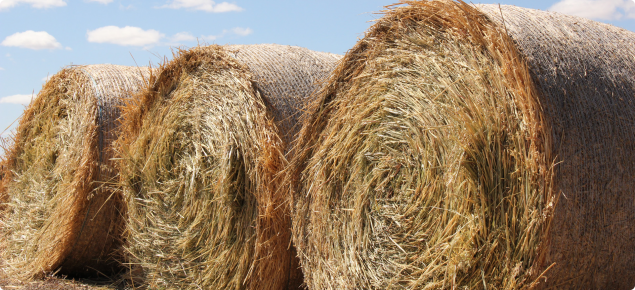When to cut hay
Export markets demand bright green, dry hay. Selecting appropriate cutting time is critical in achieving this standard whilst maintaining hay yield and quality.
When planning for hay cutting it is important to consider rain events. Rain over 12mm on cut hay may drastically downgrade it compared to hay left standing for an extra two weeks.
Research has shown that the optimum time for cutting oaten hay is at the watery ripe stage (Z71), the earliest stage of milk development. Cutting at this stage will deliver the best compromise between yield and quality. Many processors recommend cutting at this stage as quality declines significantly after the water ripe stage. Some processors however may prefer hay cut at a different development stage, so check with your exporter before cutting.
When monitoring hay crops to determine when to cut:
- Walk into the crop and check a number of areas of the paddock.
- Take the top floret and squeeze between the tops of your fingers.
- A watery green substance will come out when it is at the watery ripe stage (Z71).
- Check the crop every two days and then daily as development gets closer.
- Organise contractors to cut hay as soon as possible after water ripe, keeping in mind rainfall events.
Some hay varieties (such as Winteroo) maintain a green plant colour throughout the milky dough stage. This has seen growers cut too late late and deliver poor quality hay. These varieties needs to monitored to ensure they are cut at the right time to optimise quality.


